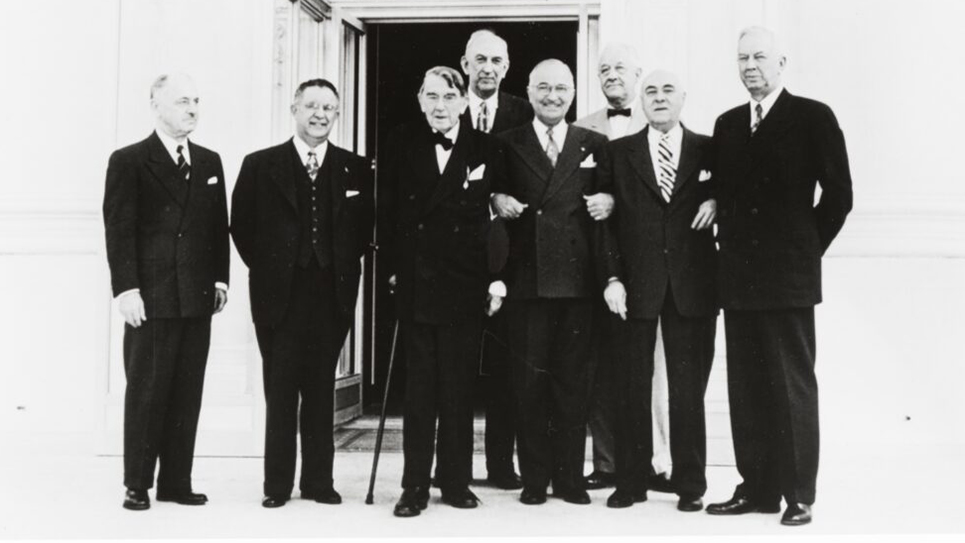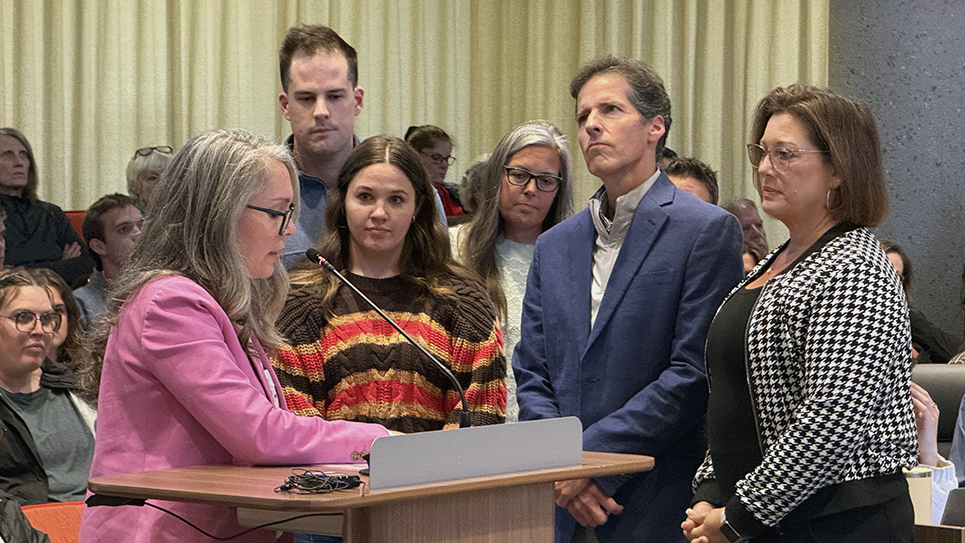By Mike Steely
Want to visit a town that was founded along a pre-historic trail?
If you begin in Knoxville and take Interstate 40 west you’ll come to Kingston. The next town is Harriman. If you take that exit you can turn left off the exit and head southwest to Rockwood.
Rockwood is located south of Harriman along Highway 27. It’s a small town with a very unique history and worth a day trip with your family. The Tullentusky Trail was an ancient Native American path that began at the Clinch River in what is now Kingston and wound through the valley to ascend Cumberland Mountain and then ran westward to where Nashville is now located.
Along this route, which became a wagon trail, settlers waited at Fort Southwest Point in Kingston for a military escort along the road up and over the mountain. The trail became known as the Walton Road and incorporated part of what was Avery Trace. Walton Road roughly followed what is Highway 70 now.
From Southwest Point the travelers paid Chief Tullentusky (or Tahlonteeskee) a fee to cross on his ferry and a fee to travel up the mountain. The chief, a son of War Chief Dragging Canoe, eventually sold what became the Clark Ferry and departed Tennessee to become a principal chief of the Western Territory.
Tullentusky had a village where Rockwood now stands and a treaty signing to transfer the property took place at the Rockwood Oak which was lost in a storm in the 1920s. Today a historic marker recalls the treaty and the ancient tree.
Pioneer patriot Stockley Donaldson and James Lackey had bought the land prior to the Treaty of Tellico but allowed the chief to hold a square mile of reserve along Brick Yard Springs. Tullentusky lived and controlled the road for fifteen years until he moved to Missouri.
In 1812 Hugh Dunlap bought the original grant and lived on a 640-acre track where Rockwood is now located. Other people bought him out and the town slowly developed as a stopping place for travelers along the wagon road.
Rockwood was developed by an unusual partnership between a former Union and Confederate soldier following the Civil War.
During that conflict, Union General John T. Wilder was in the area and later developed the first furnace south of the Ohio for the production of iron. He and Captain Hiram Chamberlain developed a business that would thrive for 100 years. Although Wilder wanted to name the first post office “Bells” it became “Rockwood” for the president of the Roane Iron Company, W. O. Rockwood.
In the 1880s the railroad boosted the growth of Rockwood and many people arrived to work in the nearby mines and iron factory. Rockwood was laid out and a hotel built and saloons were opened. Following the lead of Harriman, in 1903 saloons were banned. The old mining camp was transforming into the city much as it is today.
Visiting Rockwood and knowing a bit of its long history can interest Native American buffs, pioneer enthusiasts, and even Civil War fans.
You can get more information by contacting the Rockwood Museum and Visitors Center at 241 West Rockwood Street or call 865-285-9458 or finding the town online at “www.cityofrockwood.com.”
After visiting Rockwood you could follow 27 south to Spring City and then travel east on Highway 68 to Sweetwater and back up Interstate 75 to Knoxville. A day away from home as the coronavirus pandemic might make a memorable family outing.






